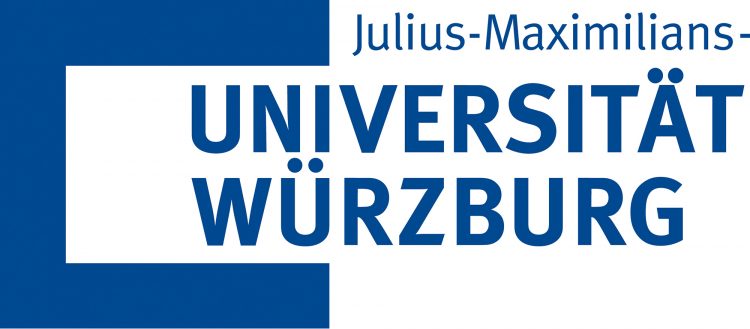How Plants React to Fungi

Plants are under constant pressure from fungi and other microorganisms. The air is full of fungal spores, which attach themselves to plant leaves and germinate, especially in warm and humid weather.
Some fungi remain on the surface of the leaves. Others, such as downy mildew, penetrate the plants and proliferate, extracting important nutrients. These fungi can cause great damage in agriculture.
The entry ports for some of these dangerous fungi are small pores, the stomata, which are found in large numbers on the plant leaves. With the help of specialised guard cells, which flank each stomatal pore, plants can change the opening width of the pores and close them completely. In this way they regulate the exchange of water and carbon dioxide with the environment.
Chitin covering reveals the fungi
The guard cells also function in plant defense: they use special receptors to recognise attacking fungi. A recent discovery by researchers led by the plant scientist Professor Rainer Hedrich from Julius-Maximilians-Universität (JMU) Würzburg in Bavaria, Germany, has shed valuable light on the mechanics of this process.
“Fungi that try to penetrate the plant via open stomata betray themselves through their chitin covering,” says Hedrich. Chitin is a carbohydrate. It plays a similar role in the cell walls of fungi as cellulose does in plants.
Molecular details revealed
The journal eLife describes in detail how the plant recognizes fungi and the molecular signalling chain via which the chitin triggers the closure of the stomata. In addition to Hedrich, the Munich professor Silke Robatzek from Ludwig-Maximilians-Universität was in charge of the publication. The molecular biologist Robatzek is specialized in plant pathogen defense systems, and the biophysicist Hedrich is an expert in the regulation of guard cells and stomata.
Put simply, chitin causes the following processes: if the chitin receptors are stimulated, they transmit a danger signal and thereby activate the ion channel SLAH3 in the guard cells. Subsequently, further channels open and allow ions to flow out of the guard cells. This causes the internal pressure of the cells to drop and the stomata close – blocking entry to the fungus and keeping it outside.
Practical applications in agricultural systems
The research team has demonstrated this process in the model plant Arabidopsis thaliana (thale cress). The next step is to transfer the findings from this model to crop plants. “The aim is to give plant breeders the tools they need to breed fungal-resistant varieties. If this succeeds, the usage of fungicides in agriculture could be massively reduced,” said Rainer Hedrich.
Prof. Dr. Rainer Hedrich, JMU Chair of Botany I (Plant Physiology and Biophysics), T +49 931 31-86100, hedrich@botanik.uni-wuerzburg.de
Anion channel SLAH3 is a regulatory target of chitin receptor-associated kinase PBL27 in microbial stomatal closure. eLife, September 16, 2019, DOI 10.7554/eLife.44474
https://elifesciences.org/articles/44474 Publication in eLife
Media Contact
More Information:
http://www.uni-wuerzburg.deAll latest news from the category: Life Sciences and Chemistry
Articles and reports from the Life Sciences and chemistry area deal with applied and basic research into modern biology, chemistry and human medicine.
Valuable information can be found on a range of life sciences fields including bacteriology, biochemistry, bionics, bioinformatics, biophysics, biotechnology, genetics, geobotany, human biology, marine biology, microbiology, molecular biology, cellular biology, zoology, bioinorganic chemistry, microchemistry and environmental chemistry.
Newest articles

A ‘language’ for ML models to predict nanopore properties
A large number of 2D materials like graphene can have nanopores – small holes formed by missing atoms through which foreign substances can pass. The properties of these nanopores dictate many…

Clinically validated, wearable ultrasound patch
… for continuous blood pressure monitoring. A team of researchers at the University of California San Diego has developed a new and improved wearable ultrasound patch for continuous and noninvasive…

A new puzzle piece for string theory research
Dr. Ksenia Fedosova from the Cluster of Excellence Mathematics Münster, along with an international research team, has proven a conjecture in string theory that physicists had proposed regarding certain equations….



